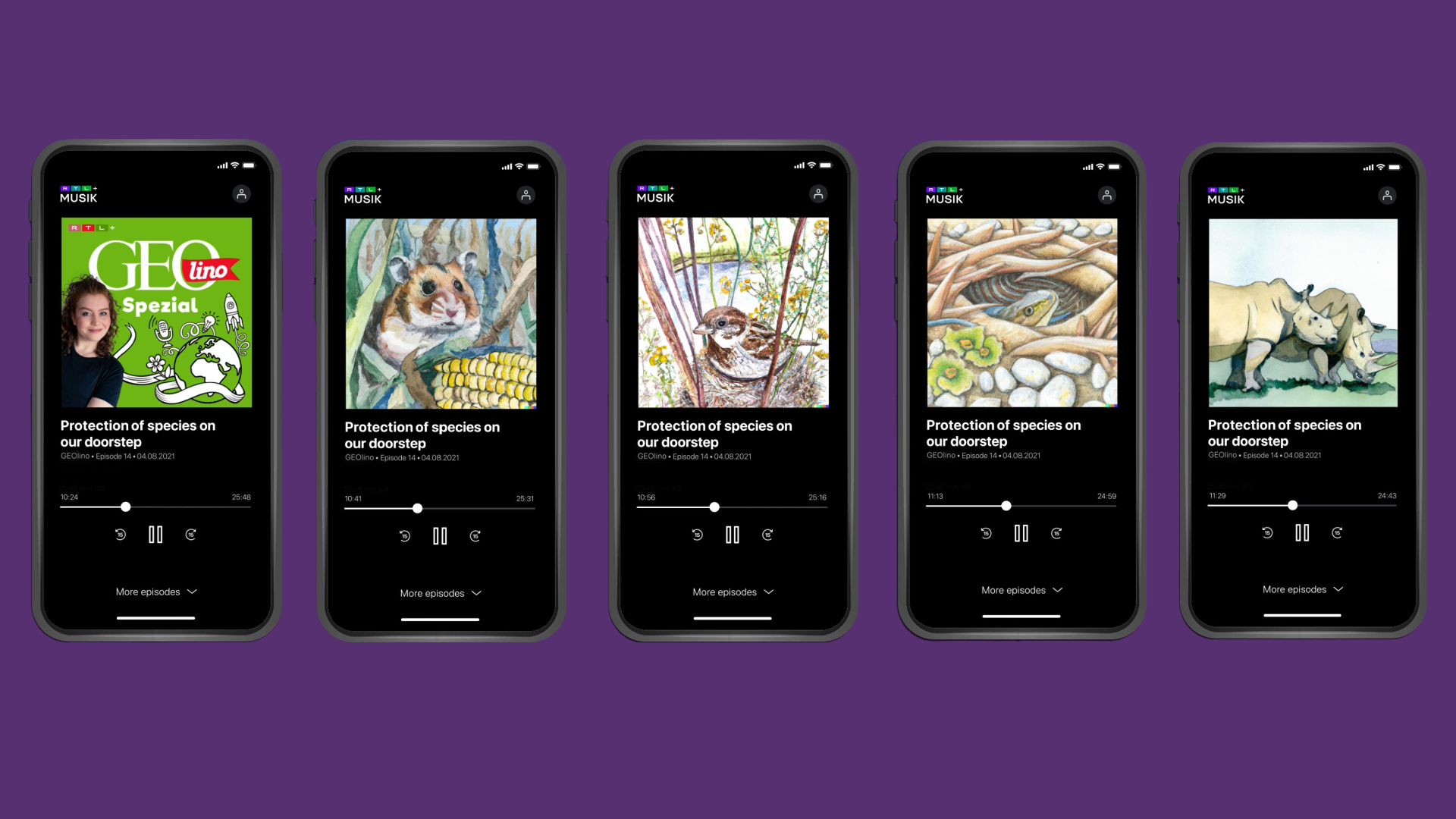For instance, TaylorMade Golf Company turned to Microsoft Syntex for a comprehensive document management system to organize and secure emails, attachments and other documents for intellectual property and patent filings. At the time, company lawyers manually managed this content, spending hours filing and moving documents to be shared and processed later.
With Microsoft Syntex, these documents are automatically classified, tagged and filtered in a way that’s more secure and makes them easy to find through search instead of needing to dig through a traditional file and folder system. TaylorMade is also exploring ways to use Microsoft Syntex to automatically process orders, receipts and other transactional documents for the accounts payable and finance teams.
Other customers are using Microsoft Syntex for contract management and assembly, noted Teper. While every contract may have unique elements, they are constructed with common clauses around financial terms, change control, timeline and so forth. Rather than write those common clauses from scratch each time, people can use Syntex to assemble them from various documents and then introduce changes.
“They need AI and machine learning to spot, ‘Hey, this paragraph is very different from our standard terms. This could use some extra oversight,’” he said.
“If you’re trying to read a 100-page contract and look for the thing that’s significantly changed, that’s a lot of work versus the AI helping with that,” he added. “And then there’s the workflow around those contracts: Who approves them? Where are they stored? How do you find them later on? There’s a big part of this that’s metadata.”
When DALL∙E 2 gets personal
The availability of DALL∙E 2 in Azure OpenAI Service has sparked a series of explorations at RTL Deutschland, Germany’s largest privately held cross-media company, about how to generate personalized images based on customers’ interests. For example, in RTL’s data, research and AI competence center, data scientists are testing various strategies to enhance the user experience by generative imagery.
RTL Deutschland’s streaming service RTL+ is expanding to offer on-demand access to millions of videos, music albums, podcasts, audiobooks and e-magazines. The platform relies heavily on images to grab people’s attention, said Marc Egger, senior vice president of data products and technology for the RTL data team.
“Even if you have the perfect recommendation, you still don’t know whether the user will click on it because the user is using visual cues to decide whether he or she is interested in consuming something. So artwork is really important, and you have to have the right artwork for the right person,” he said.
Imagine a romcom movie about a professional soccer player who gets transferred to Paris and falls in love with a French sportswriter. A sports fan might be more inclined to check out the movie if there’s an image of a soccer game. Someone who loves romance novels or travel might be more interested in an image of the couple kissing under the Eiffel Tower.
Combining the power of DALL∙E 2 and metadata about what kind of content a user has interacted with in the past offers the potential to offer personalized imagery on a previously inconceivable scale, Egger said.
“If you have millions of users and millions of assets, you have the problem that you simply can’t scale it – the workforce doesn’t exist,” he said. “You would never have enough graphic designers to create all the personalized images you want. So, this is an enabling technology for doing things you would not otherwise be able to do.”
Egger’s team is also considering how to use DALL∙E 2 in Azure OpenAI Service to create visuals for content that currently lacks imagery, such as podcast episodes and scenes in audiobooks. For instance, metadata from a podcast episode could be used to generate a unique image to accompany it, rather than repeating the same generic podcast image over and over.

Along similar lines, a person who is listening to an audiobook on their phone would typically look at the same book cover art for each chapter. DALL∙E 2 could be used to generate a unique image to accompany each scene in each chapter.
Using DALL∙E 2 through Azure OpenAI Service, Egger added, provides access to other Azure services and tools in one place, which allows his team to work efficiently and seamlessly. “As with all other software-as-a-service products, we can be sure that if we need massive amounts of imagery created by DALL∙E, we are not worried about having it online.”
The appropriate and responsible use of DALL∙E 2
No AI technology has elicited as much excitement as systems such as DALL∙E 2 that can generate images from natural language descriptions, according to Sarah Bird, a Microsoft principal group project manager for Azure AI.
“People love images, and for someone like me who is not visually artistic at all, I’m able to make something much more beautiful than I would ever be able to using other visual tools,” she said of DALL∙E 2. “It’s giving humans a new tool to express themselves creatively and communicate in compelling and fun and engaging ways.”
Her team focuses on the development of tools and techniques that guide people toward the appropriate and responsible use of AI tools such as DALL∙E 2 in Azure AI and that limit their use in ways that could cause harm.
To help prevent DALL∙E 2 from delivering inappropriate outputs in Azure OpenAI Service, OpenAI removed the most explicit sexual and violent content from the dataset used to train the model, and Azure AI deployed filters to reject prompts that violate content policy.
In addition, the team has integrated techniques that prevent DALL∙E 2 from creating images of celebrities as well as objects that are commonly used to try to trick the system into generating sexual or violent content. On the output side, the team has added models that remove AI generated images that appear to contain adult, gore and other types of inappropriate content.